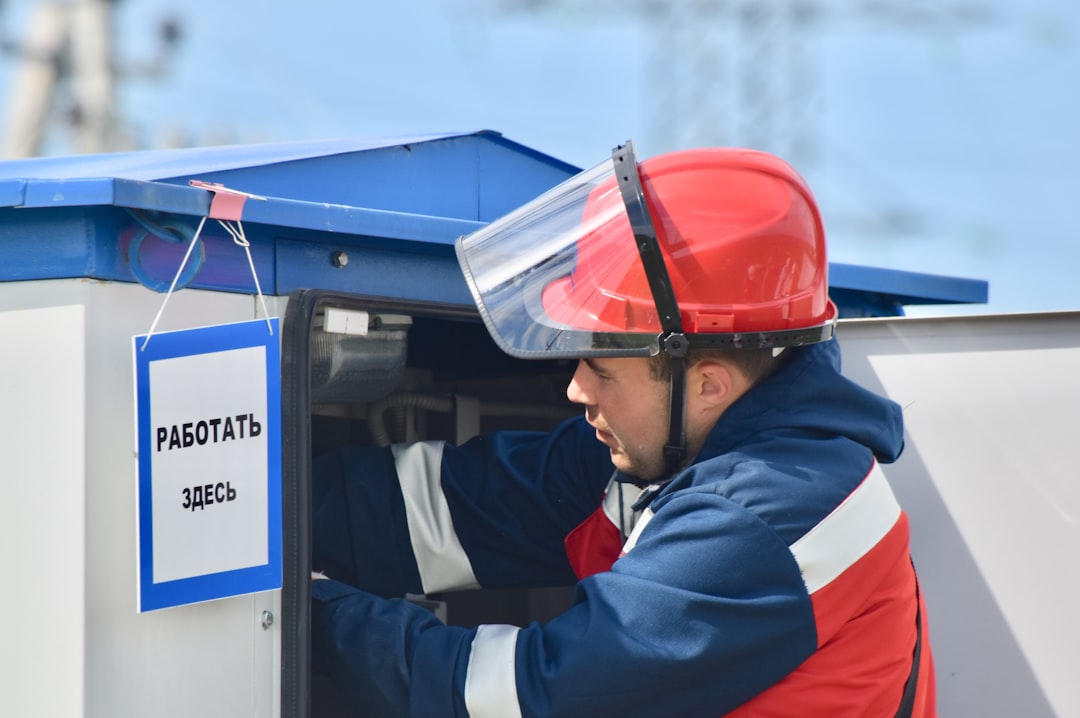What is it about?
In this study, the primary focus lies on developing a simplified building model capable of accurately replicating the dynamic thermal behaviour of buildings together with the indoor heating system. This behaviour is heavily influenced by external factors such as weather conditions and internal components like the indoor heating system. The approach outlined in this work involves employing a mathematical solution procedure centred around a white-box physical building thermal model. This model utilizes a resistance and capacitance network, commonly referred to as lumped capacitance. Various elements are taken into consideration within this model, including the dynamic behaviour of radiators and their heat flow adjustment through thermostatic radiator valves. Additionally, factors such as solar heat gain, which fluctuates based on both time and location, and infiltration heat loss are incorporated. Furthermore, the building model itself is designed to accommodate multi-zone layouts with multi-layered wall structures. By integrating these components into a dynamic model, particularly within the context of district heating systems, the intention is to gain insight into how different control strategies impact overall performance. This allows for a comprehensive evaluation of the effectiveness of various control measures in regulating building temperature and energy usage. Ultimately, this research contributes to the advancement of energy-efficient building management strategies.
Featured Image

Photo by Danist Soh on Unsplash
Why is it important?
The significance of this paper lies in the novel approach to dynamic thermal modelling, which offers several key advancements in the field of thermal energy systems. Firstly, the model developed in this study stands out due to its comprehensive consideration of multi-zone buildings with multi-layered wall properties. Within each zone, the inclusion of hydronic radiator units, coupled with thermostatic radiator valve units, allows for precise adjustment of the hot water mass flow rate. This level of detail enables a more accurate representation of real-world building dynamics. Furthermore, the incorporation of a solar irradiance model adds another layer of complexity to the thermal model. By accounting for time-dependent solar heat gain, specific to the location, the model captures the nuanced effects of solar radiation on different building surfaces, including walls and windows. This feature enhances the model's ability to simulate realistic thermal behaviours under varying environmental conditions. Moreover, the development of a state-space representation for the building envelope, complete with architectural structure, offers a means to estimate dynamic behaviour in response to transient system boundary conditions. This allows researchers to uncover localized behaviours of system components, particularly in relation to constraints imposed by system design and operational conditions. For instance, issues such as uneven heating between zones or over-sizing of heater units can be identified and addressed more effectively through the insights provided by this model. In addition to the aforementioned advancements, this paper provides a detailed explanation and coding of the resistance-capacitance method, implemented in Python, for modelling thermal dynamics. By sharing the coding implementation of the resistance-capacitance method, the paper not only enhances accessibility to advanced thermal modelling techniques but also encourages collaboration and further development within the research community.
Read the Original
This page is a summary of: Development of a white-box dynamic building thermal model integrated with a heating system, Journal of Building Engineering, June 2023, Elsevier,
DOI: 10.1016/j.jobe.2023.106038.
You can read the full text:
Contributors
The following have contributed to this page










